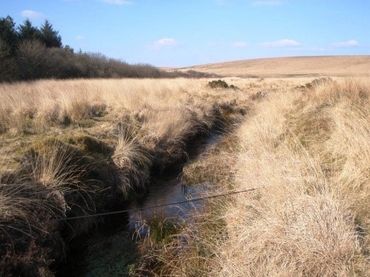Dualling of the A30 at Temple, Cornwall

CORMAC
Major improvements on the A30, the main arterial road link into Cornwall were to be undertaken at Temple, on the edge of Bodmin Moor, including the dualling of an existing stretch of single carriage road. Prior to these works road drainage discharged into three stream catchments at Temple Tor, Pounds Conce and Higher Carblake, via a system of road gullies, ditches and a network of subterranean pipes. Dualling of the road was likely to result in an increase in the amount of surface road run-off discharging to the respective watercourses and hence might involve elevated siltation levels during construction. Hence a programme to monitor both the existing water quality of the receiving waters and the conservation value of their aquatic invertebrate communities was incorporated into the EcIA for the road improvement scheme.

In addition to the small stream catchments, two ponds, were also sampled. At Temple Tor road drainage enters a small ditch which then flows into the upper of two fishing lakes at Temple Fisheries (Teal lake), thus sampling was carried out there to provide a base-line against which any subsequent changes in the pond’s biota due to the increased road drainage could be monitored. Between Temple Tor and Ponds Conce the A30 passes over an area of high ground which includes an old china clay pit, now flooded, known as Colvannick Pool. Although 150m south of the road, the area between is undulated with a series of boggy hollows and shallow gripes along which run-off could potentially find its way in high rainfall and hence monitoring of the invertebrate community in the pool was also required.

